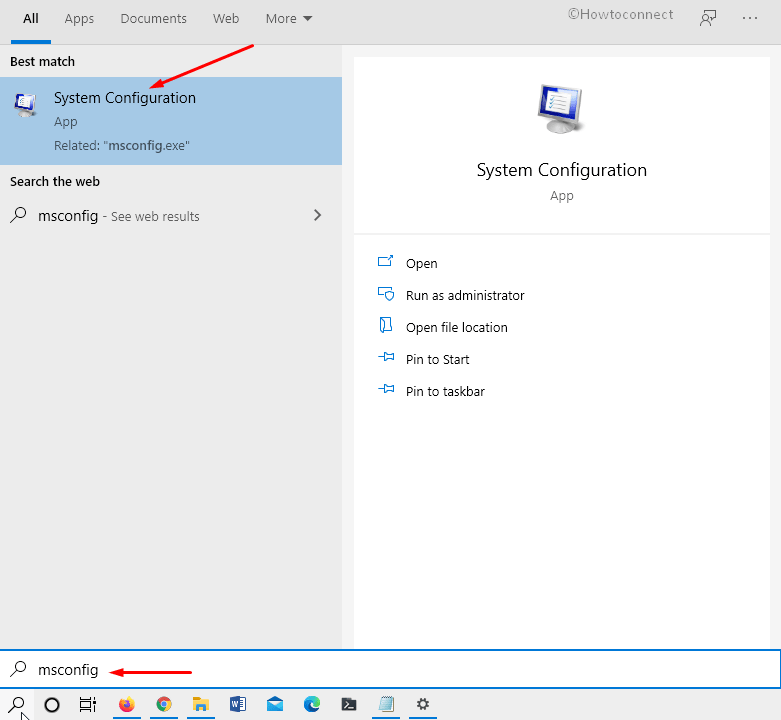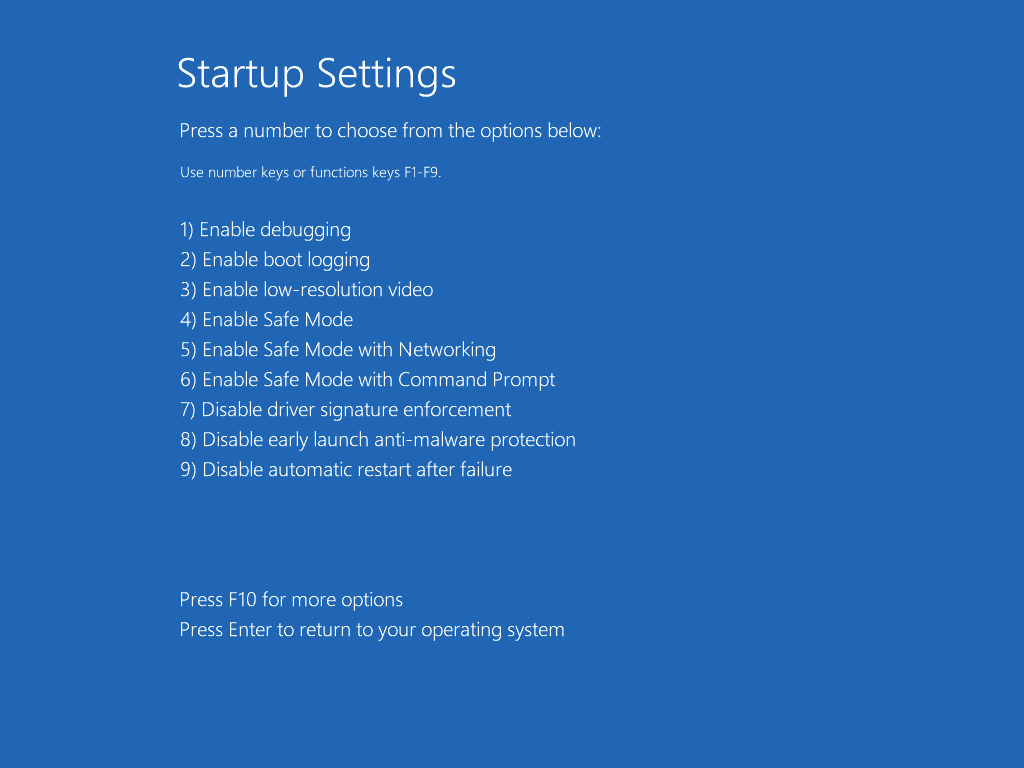

- HOW TO ENTER SAFE MODE WINDOWS 10 ON STARTUP INSTALL
- HOW TO ENTER SAFE MODE WINDOWS 10 ON STARTUP DRIVERS
- HOW TO ENTER SAFE MODE WINDOWS 10 ON STARTUP UPDATE
- HOW TO ENTER SAFE MODE WINDOWS 10 ON STARTUP PC
To use the Command Prompt with Safe Mode. If you need access to the internet, select 5 or press F5.
HOW TO ENTER SAFE MODE WINDOWS 10 ON STARTUP PC
Select option 5 from the list or press F5 for Safe Mode with Networking. Once your PC restarts again, select 4 or press F4 on the list of options to enter Safe Mode.
HOW TO ENTER SAFE MODE WINDOWS 10 ON STARTUP DRIVERS
Under Advanced Startup, click Restart Now. All About Windows 10 Safe Mode Safe mode is a Windows Diagnostic Mode where you can fix your computer by using your system in a minimum set of drivers or background services.
HOW TO ENTER SAFE MODE WINDOWS 10 ON STARTUP UPDATE
Click Update & Security and on the left pane select Recovery. If that does not work, click Start and then select Settings.

Press the Windows + I on the keyboard to open Settings. On the Choose an option screen, select Troubleshoot > Advanced options > Startup Settings > Restart.Īfter your device restarts, you'll see a list of options. Boot into safe mode from Windows 11 or Windows 10. Now that you are in winRE, you will follow these steps to take you to safe mode: Click or tap on the second one: Troubleshoot. After a short while, you should see a blue screen with three options: Continue (Exit and continue to Windows 10, Troubleshoot (Reset your PC or see advanced options), and Turn off your PC. However, when I hit F8, it brings up this Boot. Press Shift and select Restart to get to Windows 10's Safe Mode with Networking. To change the display driver, you need to boot into Safe Mode.
HOW TO ENTER SAFE MODE WINDOWS 10 ON STARTUP INSTALL
When Windows restarts, hold down the power button for 10 seconds to turn off your device.Īllow your device to restart into Automatic Repair, and select Advanced options to enter winRE. In searching for solutions to this, seems it may be due to the Windows display driver, and need to change it to standard MS VGA driver in Device Manager, and also to uninstall VMWare Tools and install the latest version of VMWare Tools. On the first sign that Windows has started (for example, some devices show the manufacturer’s logo when restarting) hold down the power button for 10 seconds to turn off your device. Press the power button again to turn on your device. The second option is the command-line option pretty much an easy one to get into Windows 10 Safe Mode. Hold down the power button for 10 seconds to turn off your device. The first option is going through different GUI screens to get into Windows 10 Safe Mode option (a tedious process). To do this, you will repeatedly turn your device off, then on: Under Book options, clear the Safe boot checkbox.Note: If you’ve encrypted your device, you’ll need your BitLocker key to start in safe mode.īefore you enter safe mode, you need to enter the Windows Recovery Environment (winRE). Type msconfig in the Open box and then select OK.

When you can’t open Settings to get into safe mode, restart your device from the Windows sign-in screen. Or if youll need to use the internet, select 5 or press F5 for Safe Mode with Networking. When you're done, exit safe mode by restarting your PC. Select 4 or press F4 to start your PC in Safe Mode. Safe mode is started when we are facing troubleshooting. It can also refer to a mode of operation by application software. On the Windows sign-in screen, press and hold the Shift key while you select Power > Restart. Remember the days of pressing F8 to get into Safe Mode This doesn't work on Windows 10, so this video shows you the new way of starting Safe Mode. Windows safe mode is a diagnostic mode of a computer operating system (OS). Get to safe mode from the Windows sign-in screen:
You may be asked to enter your BitLocker recovery key.Īfter your PC restarts again, select the startup setting you want to use. Under Advanced startup, select Restart now.Īfter your PC restarts to the Choose an option screen, select Troubleshoot > Advanced options > Startup Settings > Restart. To open the settings manually, select Start > Settings > Update & Security > Recovery. Safe mode is a startup setting that can help you troubleshoot problems on your PC.


 0 kommentar(er)
0 kommentar(er)
